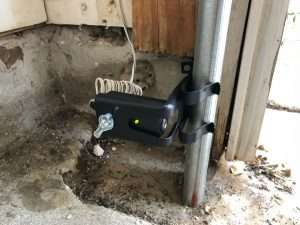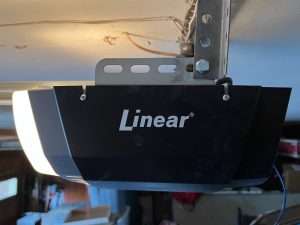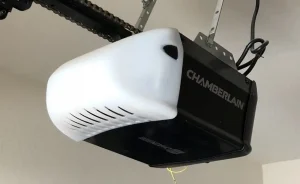No Power to Your Garage Door Opener? Here’s Why
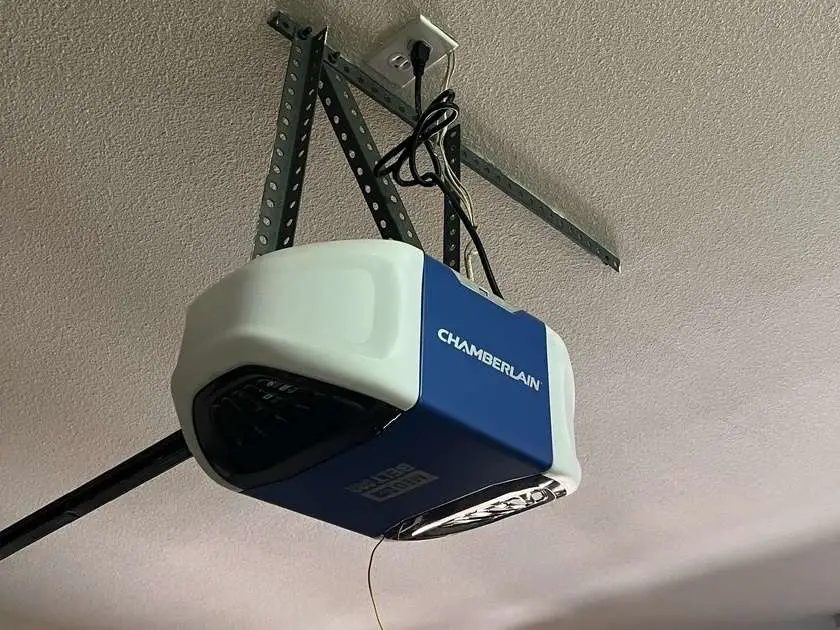
Now more than ever we receive phone calls from homeowners saying their garage door opener has no power. They go outside and hit the wall button or their remote and nothing happens. Not a peep. No sound at all is coming from the motor head hanging on the ceiling. Let’s jump right into what could be the problem.
Make Sure Cord is Plugged Into the Outlet
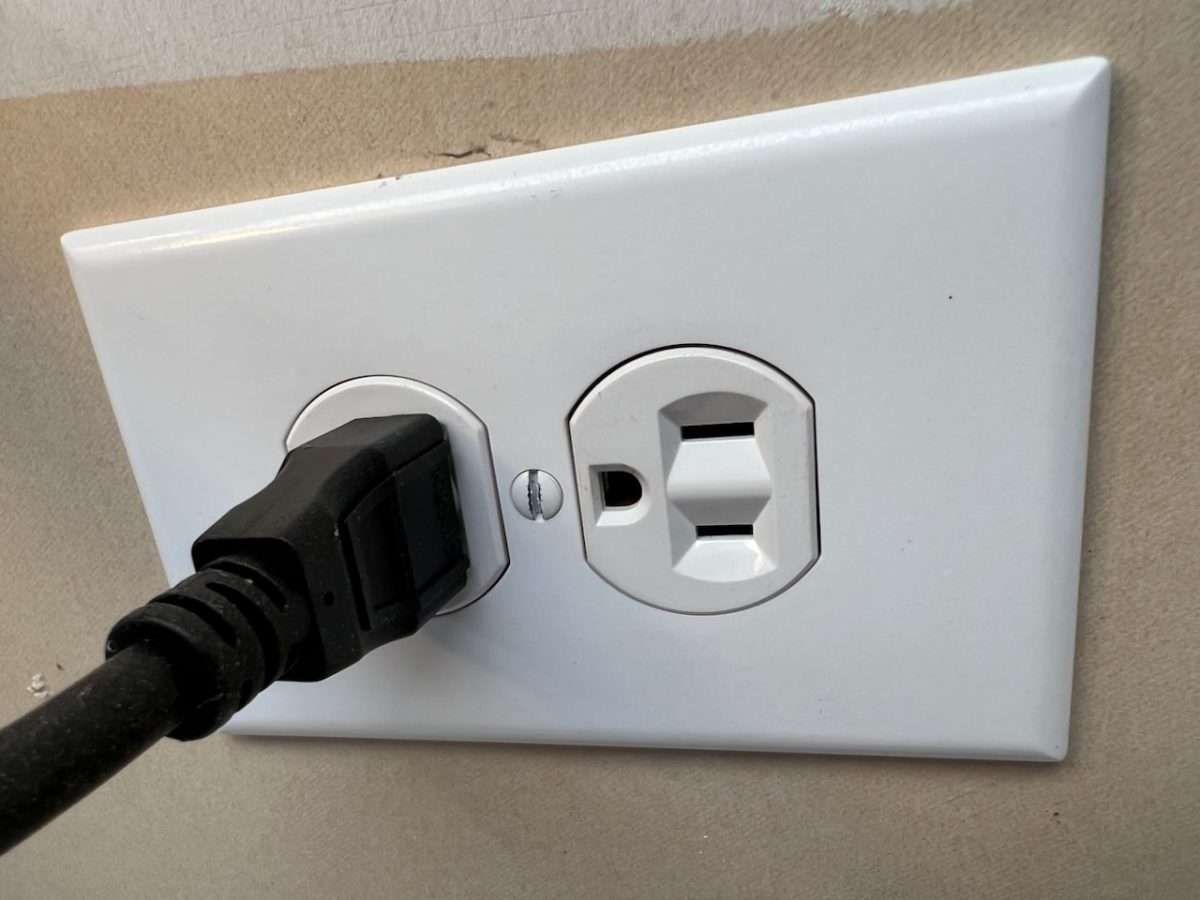
I know it sounds silly, but let’s start with the most obvious. If you recently moved into a home and the garage door opener has no power, make sure it is plugged into the outlet in the ceiling. We have seen on many occasions where a realtor or previous homeowner has unplugged the garage door opener so no one accidentally locks the garage door and tries to open it during a showing of the home. This happens more than you think, which is why so many garage door openers are unplugged.
Check Ceiling Outlet for Power
First thing you must do is check to see if the outlet in the ceiling has power. The quickest way to determine you have no power to your garage door opener is the lights on the inside wall button and safety sensors will not be shining. You can also try activating the built-in light on your garage door opener motor head to see if it comes on. The ultimate test to determine if you have no power to your garage door opener is to plug something into the ceiling outlet. If there is no power to the ceiling outlet, let’s figure out why.
GFCI Outlet in the Garage Has Tripped
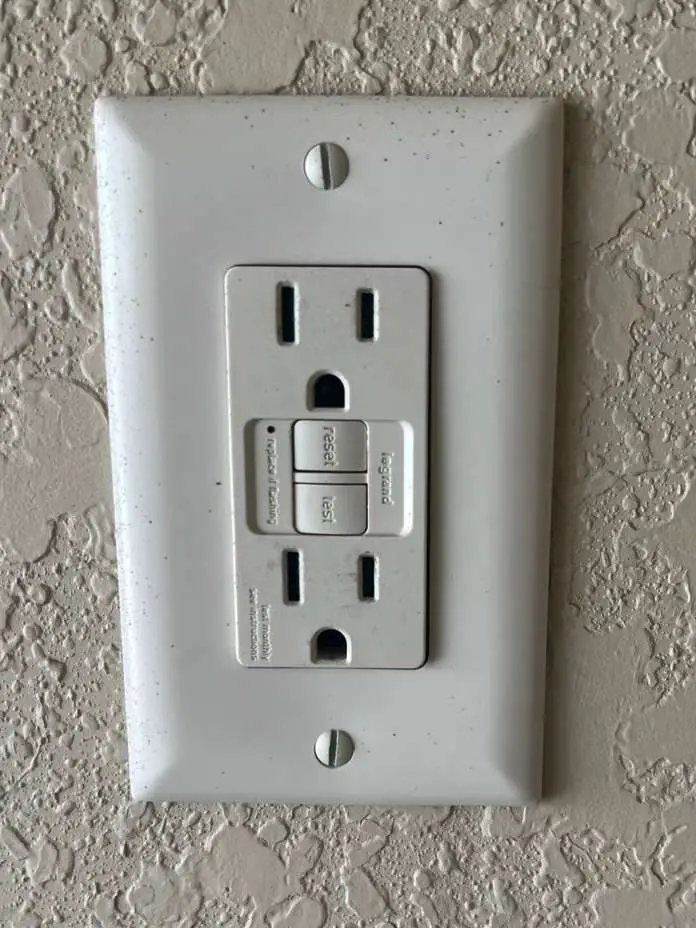
From what I can gather online, in 2008 the NEC started requiring garage door opener outlets to be wired through a GFCI circuit in the home. Most of these homes will have a GFCI outlet located on the front wall you stare at when driving into your garage. The power to the opener is running through this GFCI outlet. If your garage door opener does not have power, first, try resetting the GFCI outlet in the garage to see if that solves your problem. 9 out of 10 times, this will solve the issue immediately. If not, let’s move on to the next tip.
GFCI Outlet on the Back Patio Has Tripped
Did you say back patio? Yes, I did. I know this may sound odd, but some home builders protect the outlets in the garage by running a wire back to the GFCI outlet on the back patio. I have had two family members with newer homes that were wired this way, and many customers have told us the same thing. They reset the GFCI outlet on the back patio and everything started working again. Don’t look at me, I didn’t run the electrical.
Why is the GFCI Outlet Tripping?
If the GFCI outlet in your garage is tripping regularly, it is most likely because you have a refrigerator or freezer plugged into the outlet. This is what we see the majority of the time as the cause for the GFCI outlet to trip. Try moving these appliances to another outlet in the garage, so you no longer have to deal with the inconvenience of having no power to your garage door opener. Who knows, if you don’t carry a key to the front door, it could lock you out of your home one day.
Breaker Has Tripped

Usually, people go to the breaker box first when their garage door opener does not have power. I chose not to list this first because recently, it has been the GFCI outlet that is tripped, not the breaker for the circuit. If you don’t have a GFCI outlet in the garage or on the back patio tied into the ceiling outlet for the garage door opener, then you will most likely find a tripped breaker.
Outlet in Ceiling is Wired to a Switch
I am confident this one is dependent on where you are located in the world. In our area, we have seen on many occasions where the outlet in the ceiling is wired off a standard wall switch in the garage. If you can’t figure out why the ceiling outlet has no power, try turning on some switches inside the garage or right inside the home. There is a good chance this might solve your problem of having no power to your garage door opener.
PRO TIP
It is not recommended to use a switch to power the garage door opener on and off, as repetitive power cycling may damage the operator’s receiver logic board. At the very least, you will have to reprogram the travel limits on the garage door opener if the power is turned off too many times. This is more common with newer garage door openers that features DC motors with electronic limits.
Capacitor Has Blown in Motor Head
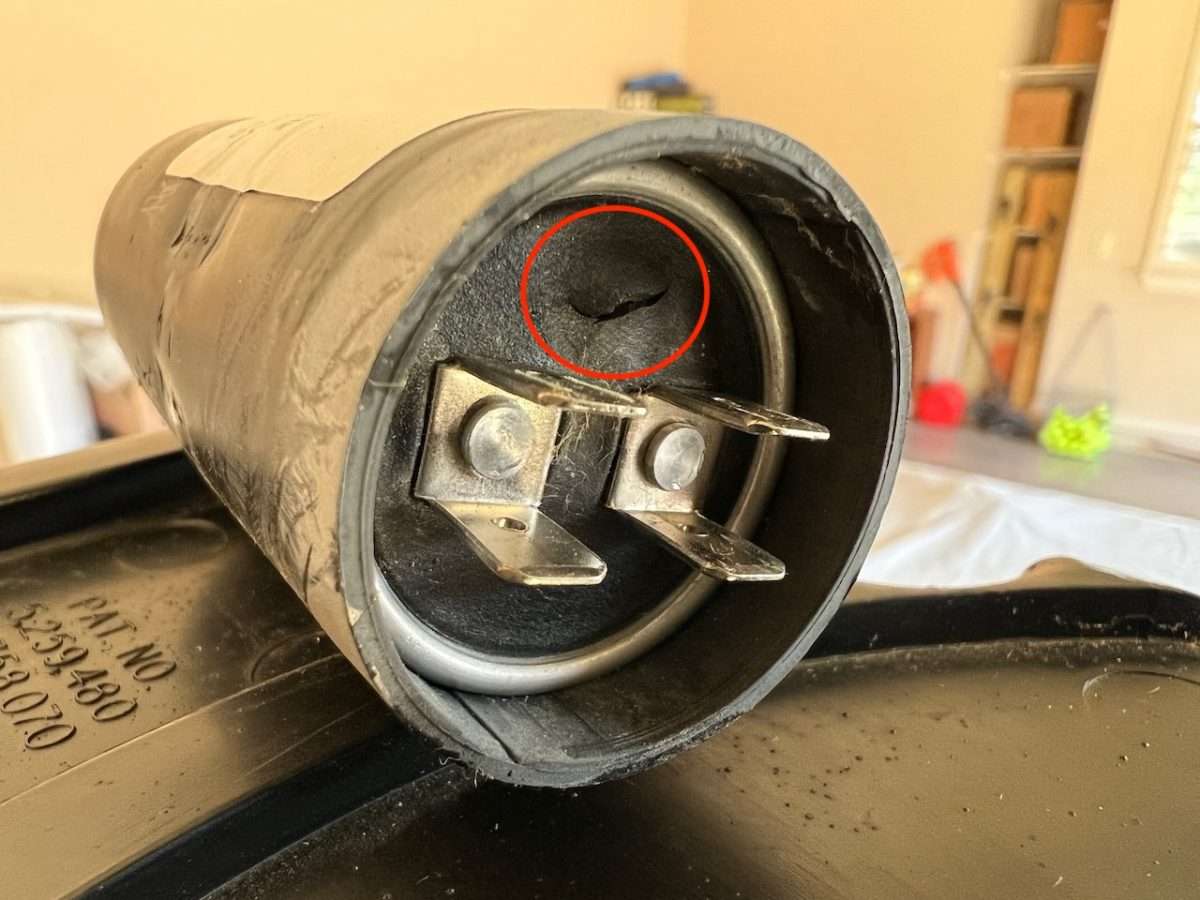
For years, standard garage door openers with AC motors featured a capacitor inside the motor head. The capacitor is a part that stores up enough energy to get a copper wound AC motor started and moving. Once the capacitor blows, the unit will still have power, but it will either click or hum as it tries to get the motor moving.
Circuit Board Has Failed in Garage Door Opener
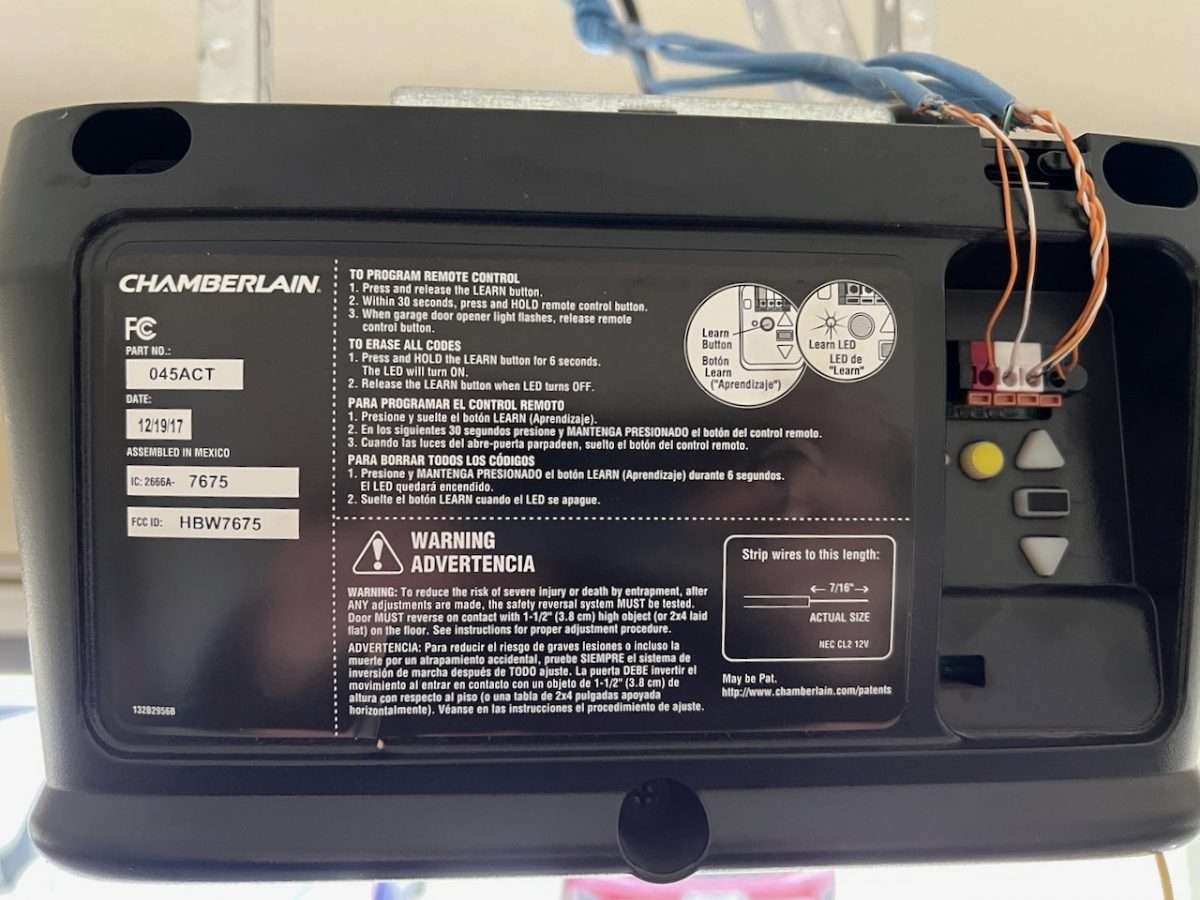
If you have tried everything else on this list to solve the no power issue on your garage door opener, then you may have a bad circuit board. This is the last step I would take, considering how expensive circuit boards can be. A good way to determine your circuit board has failed is to press and release the learn button on the back. If the light does not come on, then you most likely have a bad board.
Conclusion
Losing power to your garage door opener is not only inconvenient, for many it has locked them out of their homes. I would stress to always make sure you have a key to your front door, so you’re never stranded outside your home. 99% of the time, the power to your opener will be restored using one of the solutions above. There is the rare instance in which you could be having an electrical issue inside the motor. If that is the case, your best solution is to have a new automatic garage door opener installed.
